I travelled to the Yucatán region of Mexico for almost the entirety of June. For the first week, I started with a rental car in Cancún, hitting Valladolid, Izamal, Chichén Itzá and Tulum. I subsequently spent the next ten days in the largest city in the region — Mérida.
Yucatán in a few words: #
Before the Spanish conquest, Yucatán is one of the epicenters of the Mayan people. It is here they erected magnificent cities, many of which still stand today. From the famed Chichén Itzá to the ruins on the coast of Tulum, the ancient Mayan civilization has left an indelible mark on every corner of this unforgiving landscape.
Flat like a pancake #
Unlike the rest of Mexico, Yucatán is extremely flat, flat like a pancake. There is virtually no hills, valleys, rivers or lakes of any kind. The peninsula is situated on a limestone rock bed that is on average only 30 feet above sea level. The region is both wet and dry at the same time. Although the Yucatán peninsula gets a lot of rain, the limestone ground is so porous that it retains little of that water, combined with the fact that there is little surface water available, it’s created a drought resistant jungle consisting of mostly small trees that are no taller than 15 feet.
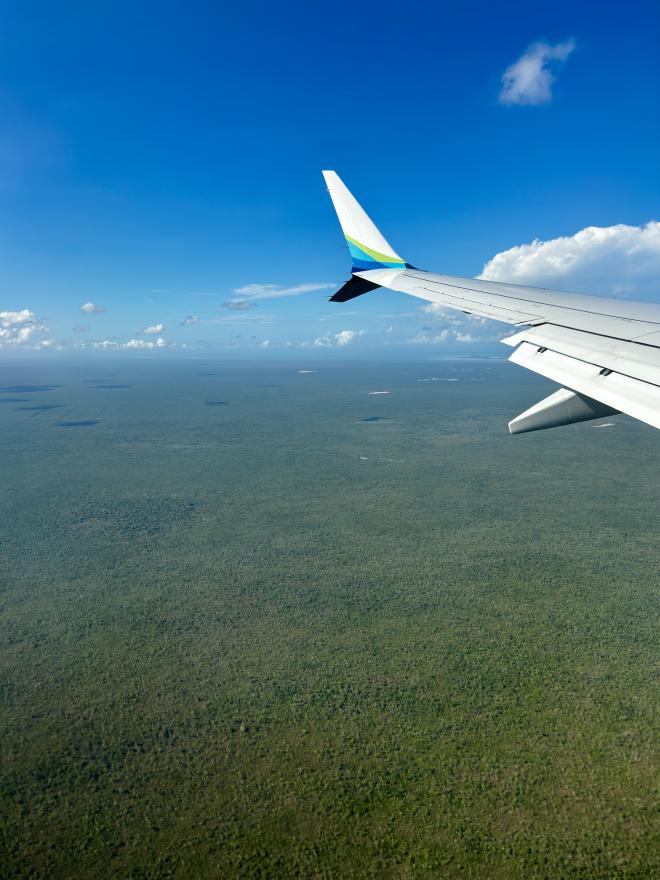
Cenotes: portal to the underworld #
Littered with thousands of them of all sizes throughout Yucatán, cenotes are natural sink holes where underground water is accessible. Being essentially a limestone shelf, water has carved out vast underground cave and river systems, many of which are interconnected. Cenotes are where this system is exposed, they are both geologically interesting and culturally significant to the indigenous people.
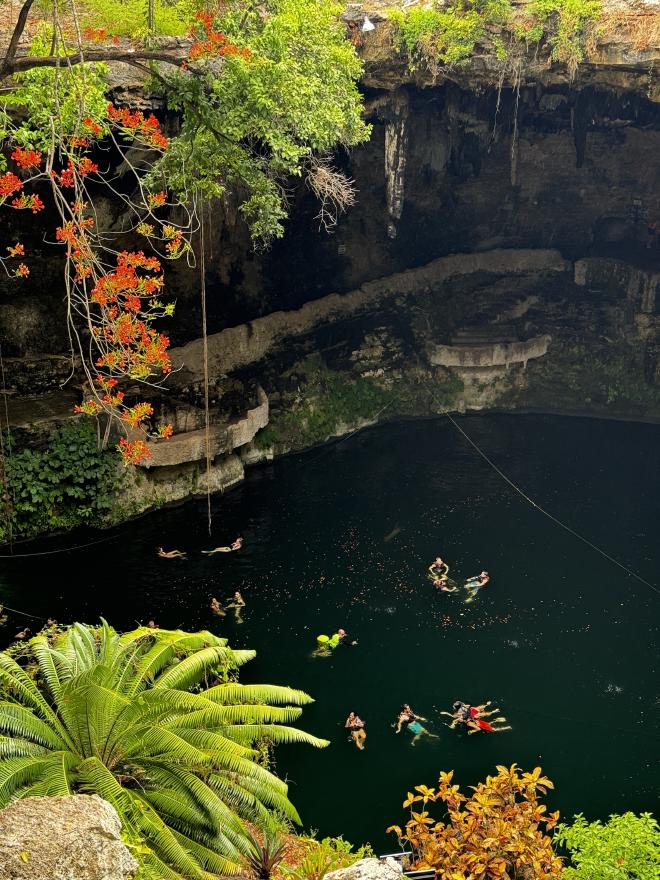
Most cenotes have inconspicuous openings that are easily hidden under the jungle canopies, but some have dramatic openings like the one situated in downtown Valladolid. Lacking any other source of accessible freshwater, be it rivers or lakes, cenotes have been and still are the only reliable water source in the region, one that powered the Mayan civilization to its heights. Mayans believe the cenotes are the portal to the underworld and where the rain god Chaac resides. In recent expeditions, ceremonial offerings and human sacrificial remains have been found in the depth of many cenotes, like Ik kil, close to the famed Mayan city of Chichén Itzá.
I swam in both cenotes of Ik Kil close to Chichén Itzá, and Zaci in Valladolid. Both are filled with mineral rich, sparkling clean water up to over 100 feet deep. It is a wonderful way to cool off from the unforgiving Yucatán heat.
Mayans: not vanished #
No, the Mayans absolutely did not vanish.
Contrary to what I’ve been taught as a kid, the Mayans did not disappear into thin air at all. Following the arrival of Spanish conquistadors, and centuries of resistances and conflicts, the Mayan people have persisted, albeit largely forced to abandon their ancient cities and way of life. They moved into Spanish settlements, and chartered new towns and villages throughout the region.
Today, the Mayan people make up a significant portion of population in the Yucatán region. The stones from their ancient cities have been used to erect the earliest buildings in the Spanish settlements. Their culture, religion, arts, cuisines and language also survive and continue to contribute to the region’s history and diversity.
Chichén Itzá #
The ancient Mayan city of Chichén Itzá was all but forgotten until it was rediscovered in the 19th century. It has many features of a typical modern city, a massive pyramid temple, extensive water retention systems, and what looks like a giant football field. Unfortunately, large portions of structures were not finished after the Spanish conquistadors’ arrival. Continued conflicts with the colonizers coupled with a series of crippling droughts brought an end to the city’s glorious past.
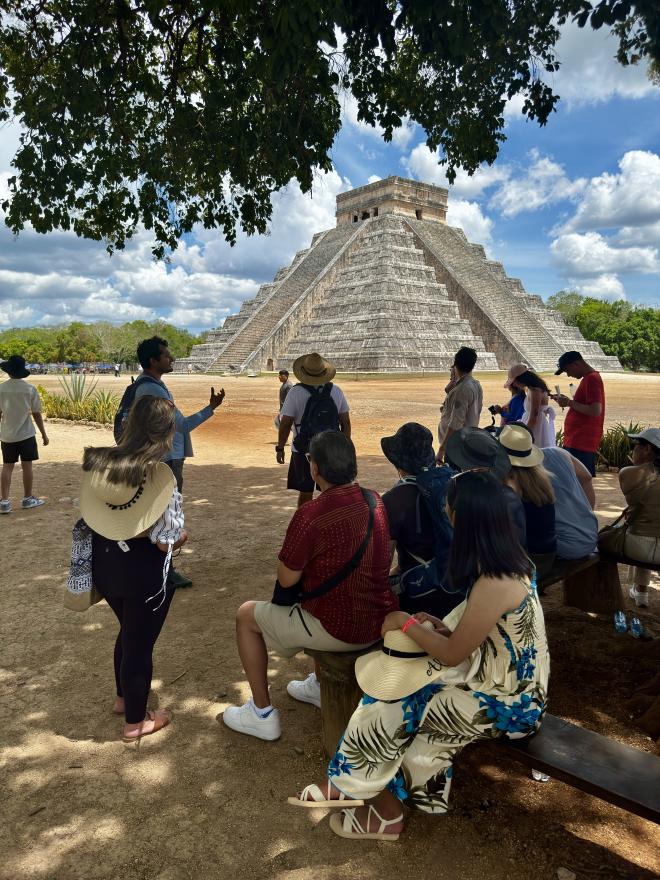

All the structures were built without the use of iron or bronze tools, like it was done in the old world, the Mayans instead used a volcanic glass called obsidian to cut and sculpt ubiquitous limestones into their massive monuments. I tagged along a few tour groups led by descendants of indigenous Mayan people, trying to grasp as much detail as possible of the original purposes and symbolic meanings of the buildings. I sensed a lot of pride in their presentation for their people’s glorious past, but also hints of nostalgia and sadness of what has been lost due to the European’s colonial ambitions and subsequent brutal exploitations.
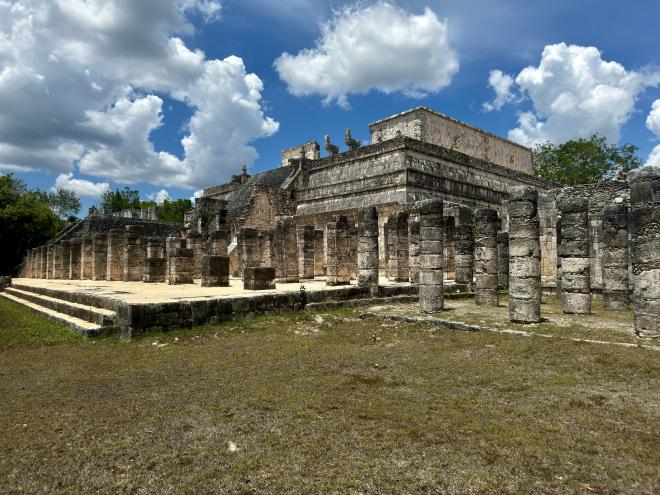
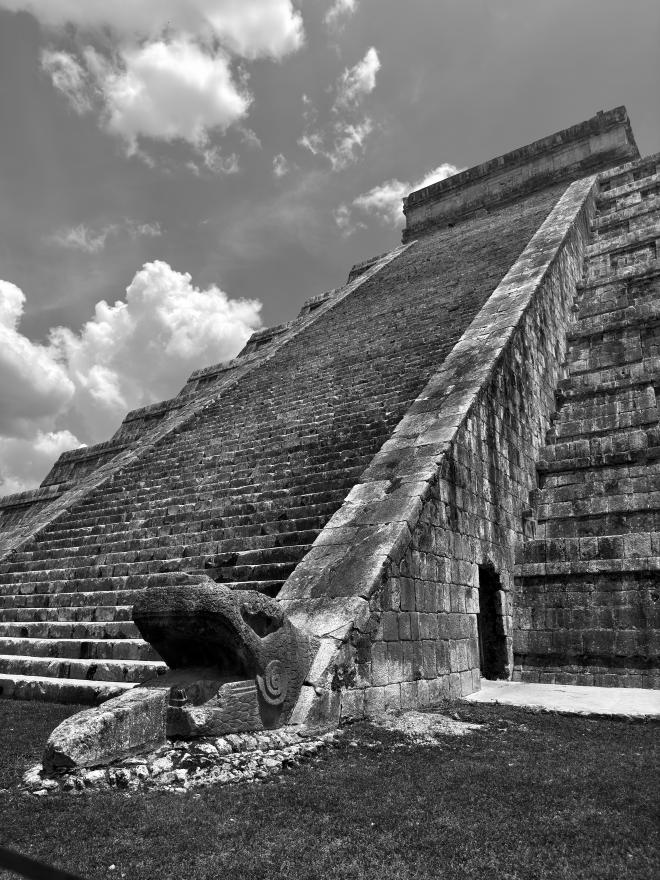
To me, the site of Chichén Itzá feels more like a place of remembrance and reflection rather than an attraction. As I strolled past crumbling columns and decapitated statues, I couldn’t help wonder what more the Mayans would have accomplished had it not been for the hubris and exploitations of the Spanish conquerers.
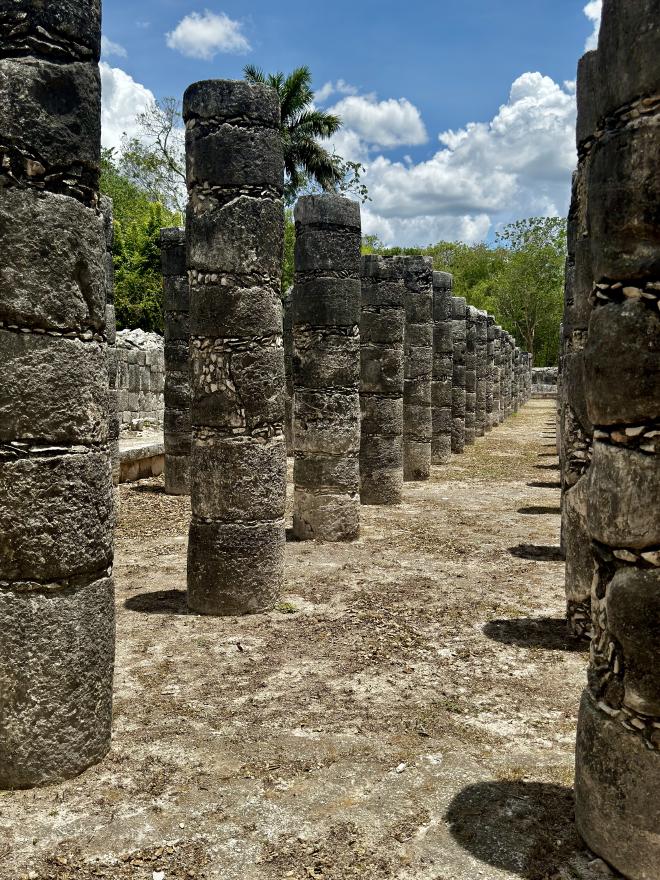
Corn, corn, corn! #
Corn is such a staple in Yucatán, it is virtually part of every meal. From taco, tostada, panucho, salbute to tamale and tortilla chips, it is in almost everything. I don’t think there was a day when I didn’t have corn in some shape or form.
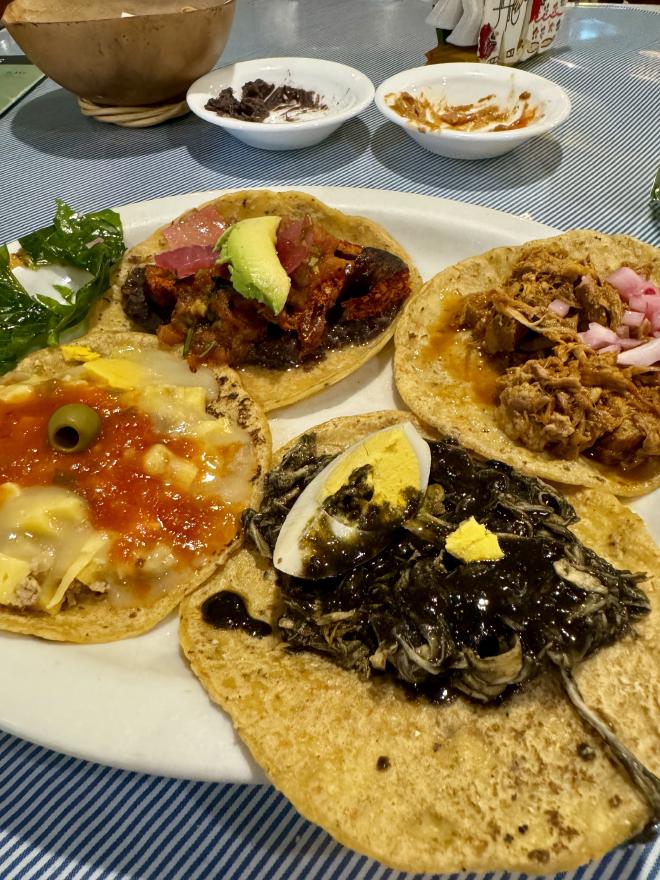
Yucatán’s cities #
- City streets are littered with speed bumps, not the gentle kind you find in the U.S, but ones that would rock you to the moon if you don’t slow down. They are like loud reminders as you enter a city or a village. I hated it at first as some of them are hard to see. It grew on me later on when I was a pedestrian, and came to appreciate how much safer they have made the roads for pedestrians.
- Water is always extra. Unlike restaurants in the U.S, water is not free in Yucatán, it is like any other beverage on the menu. Servers won’t bring it unless you order and pay for it.
- When it rains, it pours. With thunders and lightnings, it genuinely feels like the whole world is going to flood. Within minutes, streets would turn into puddles and streams.
Cancún #
Cancún feels out of place from the rest of Yucatán cities. It is much more contemporary and has a stronger presence of American influence, especially in its hotel district. The roads are much wider, houses are more modern, and English is available everywhere you go.
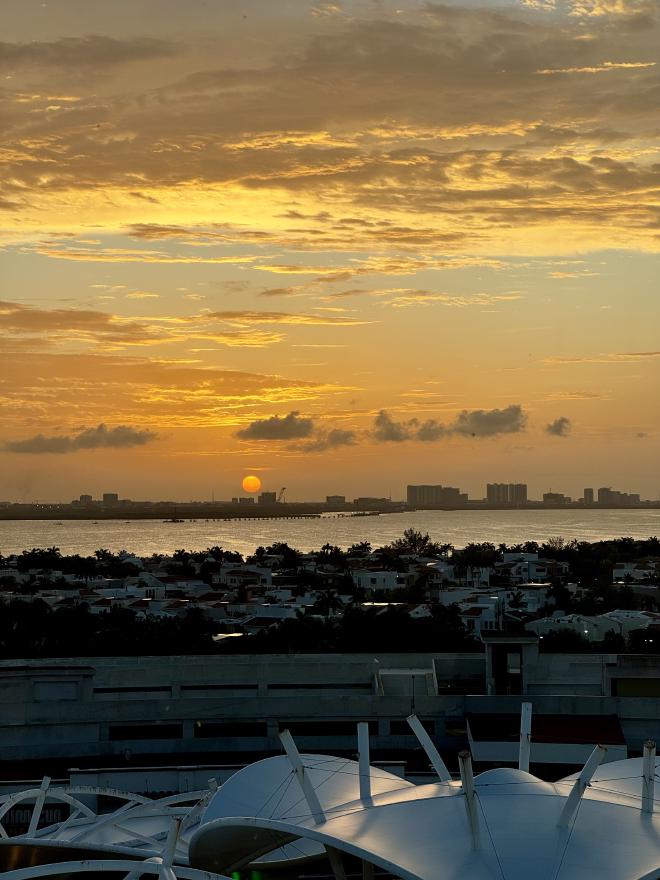
The city of Cancún itself has dual identities too. There is the city of Cancún where local people live, and there is the hotel district where resort goers stay. Outside the hotel district, you can see bustling merchants, roadside eateries and plenty of solicitors. Within the hotel district, you would find outdoor shopping malls where everything has an English label, it is like an “America town”, so to speak.

The sea surrounding Cancún and the entire coastal riviera is stunningly beautiful. Depending on the depth, underwater features, biomes and weather, the water can appear in all shades of green and blue: emerald, aqua, turquoise, teal. You got them all.
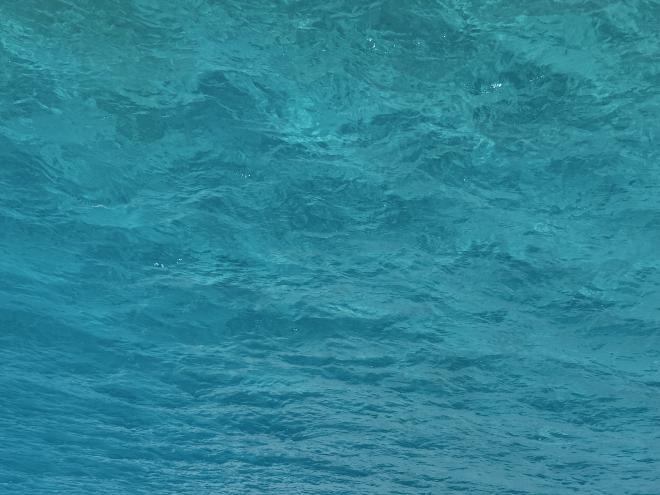
Mérida #
I spent the last ten days in Mérida, hoping to get a glimpse into the lives of the local people.
A circle of life #
Cities like Mérida, Valladolid and Izamal are like movie sets for a period show: narrow streets, lined with boldly colored row houses and beautifully patinated cathedrals. The row houses lining the streets are painted in a kaleidoscope of bold colors: red, blue, orange, green, yellow and more. The tropical sun and rain slowly bleaches and washes the vibrant colors over time, making them progressively more muted and pastel, eventually the paints peel and fall away, and the cycle begins again.
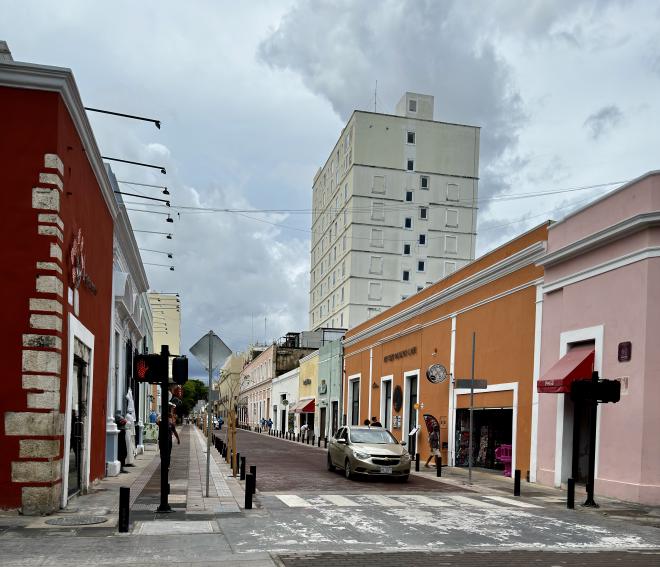
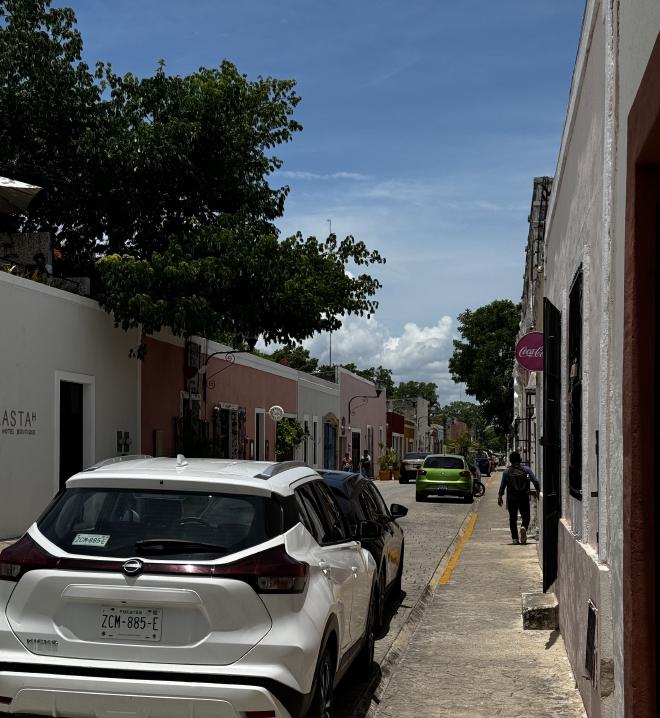
Time moves slower #
Unlike most American cities, towns like Valladolid, Izamal and Mérida are not freeway centric, or even car centric. Besides a handful of major avenues, most streets are simple two-lane roads.
The cities are centered around dotted plazas, churches, city parks, local shops and restaurants, instead of isolated shopping complexes, parking lots, and concentrated downtown offices in the U.S.
Despite being the largest city in the region, the city life in Mérida is pretty slow paced. I did not see local people walking in a haste like they do in America. Outside the very heart of the city center, you will find locals who are ready to chat just for the sake of chatting with no strings attached whatsoever. (Being able to speak some Spanish would help a lot in this regard).
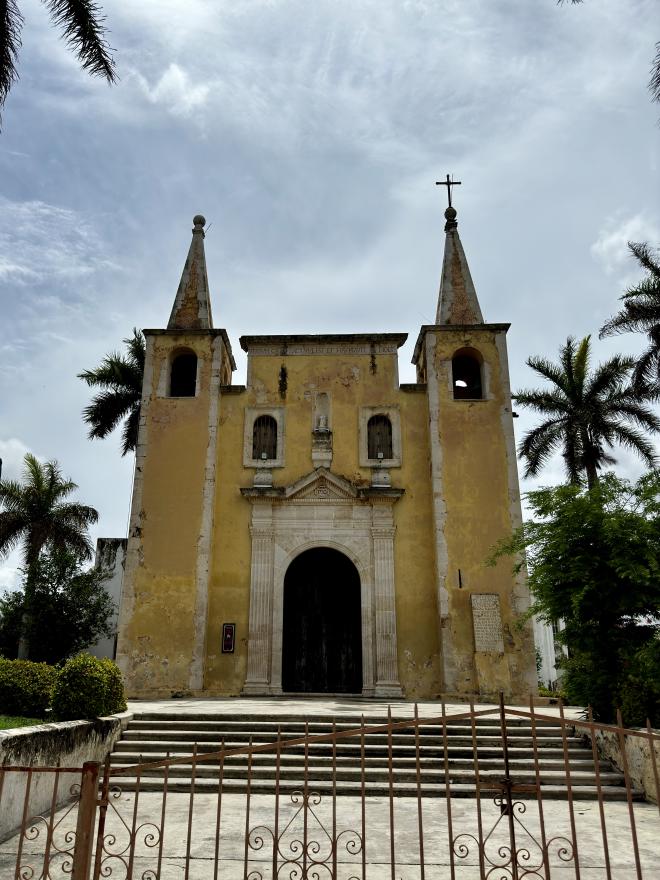
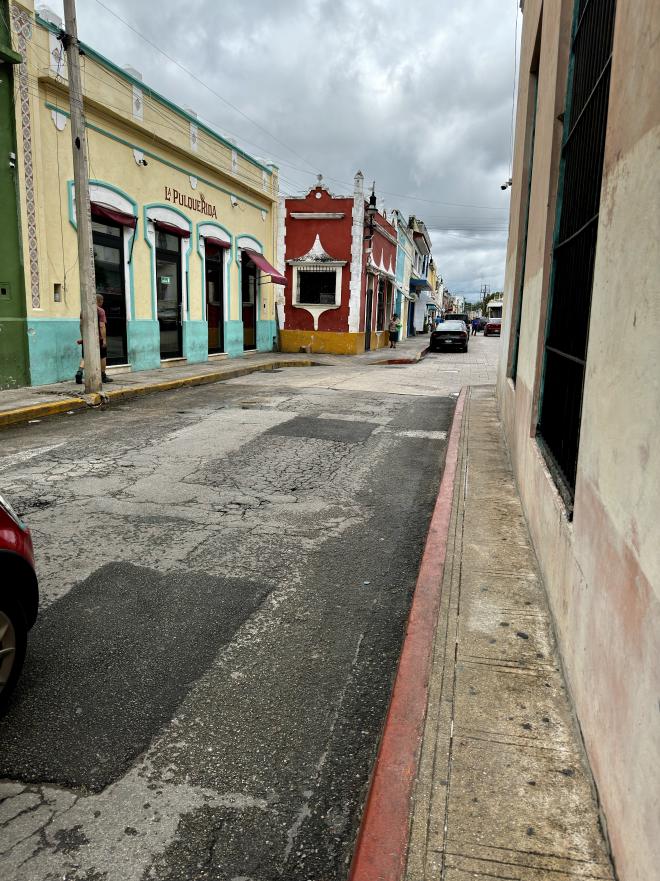
Encounters #
Scenery is one thing, it is the people and experiences make a trip unique. In the spirit of keeping this post short, I’ll share some of these encounters in another post.
Seattle, WA
July 11, 2024